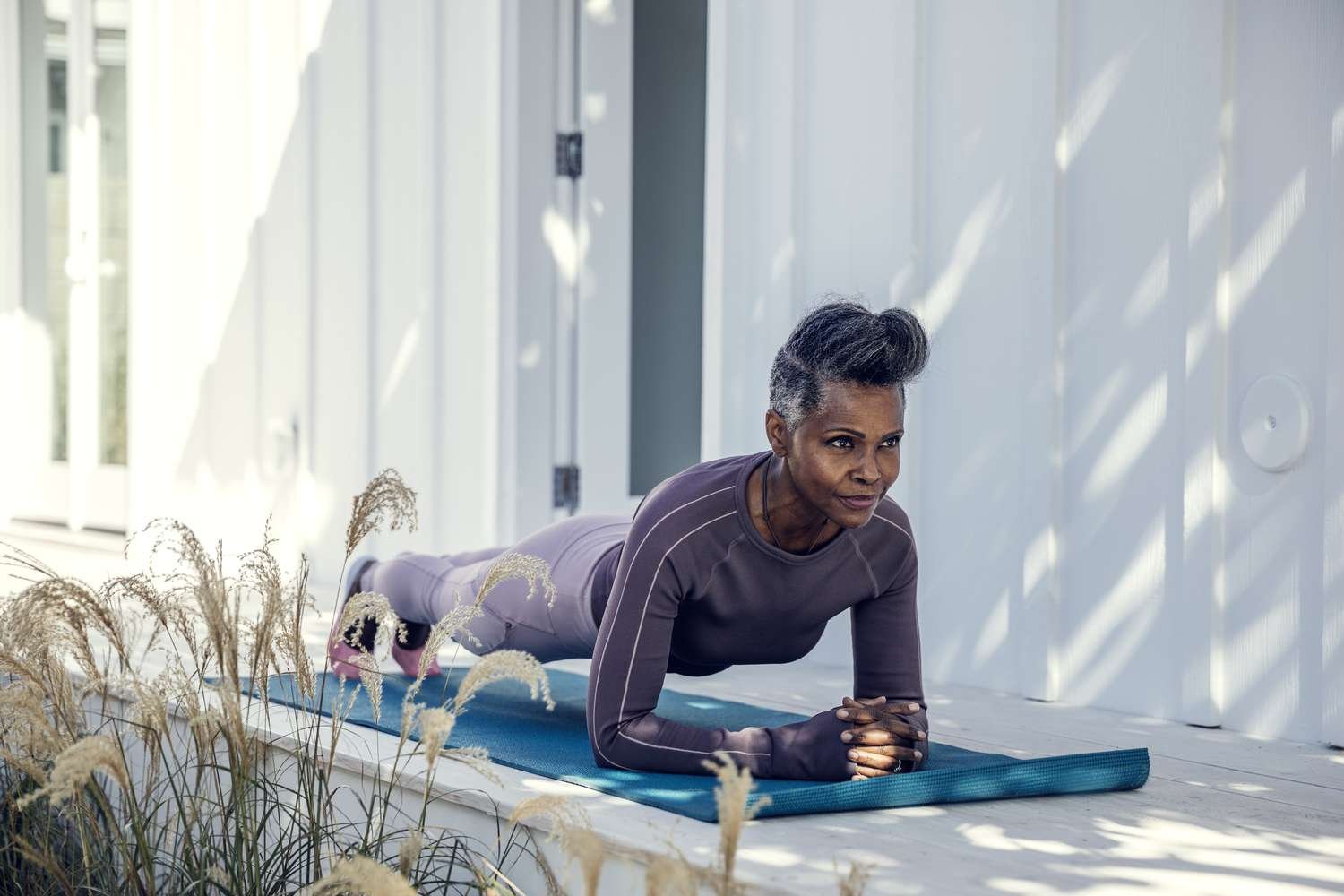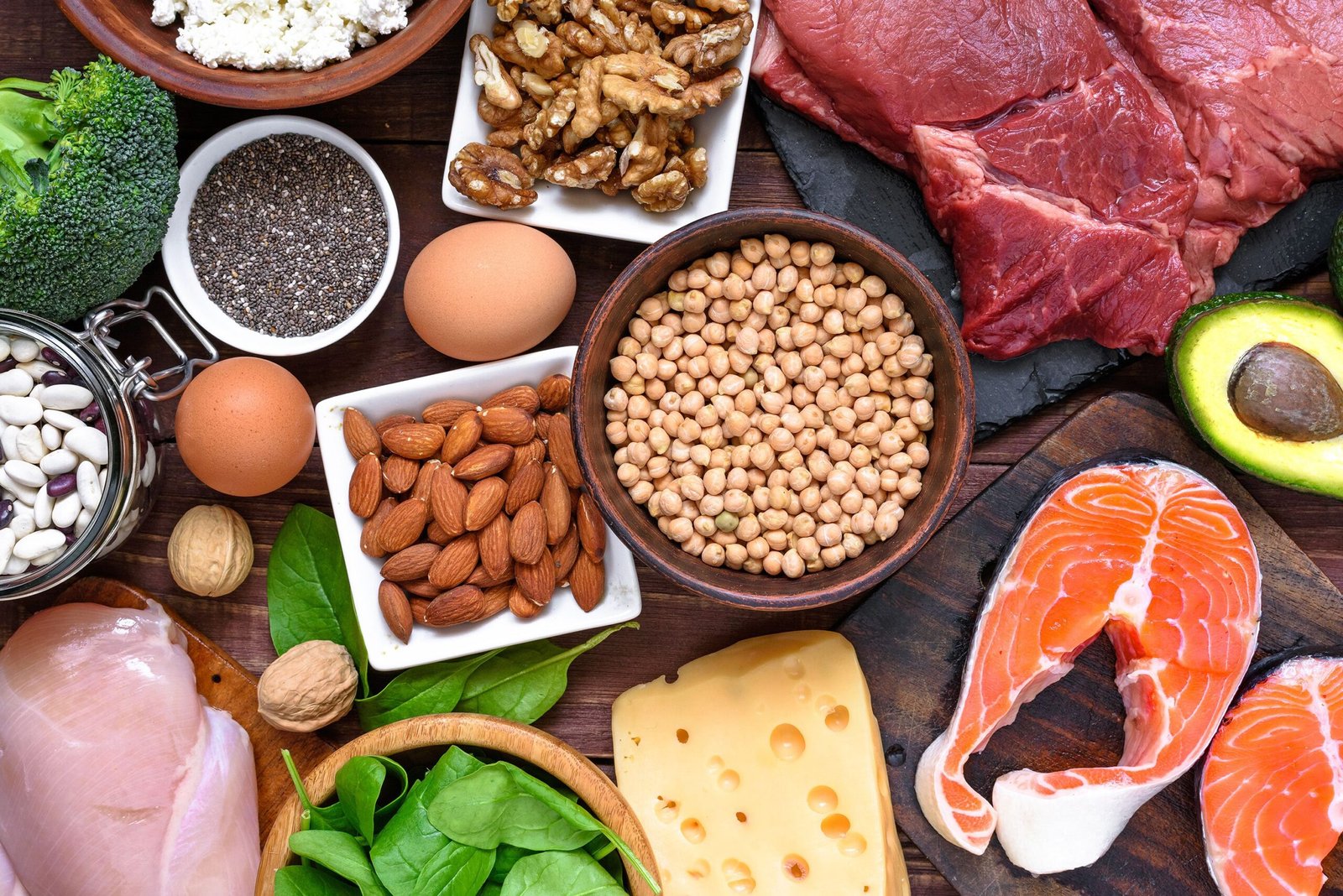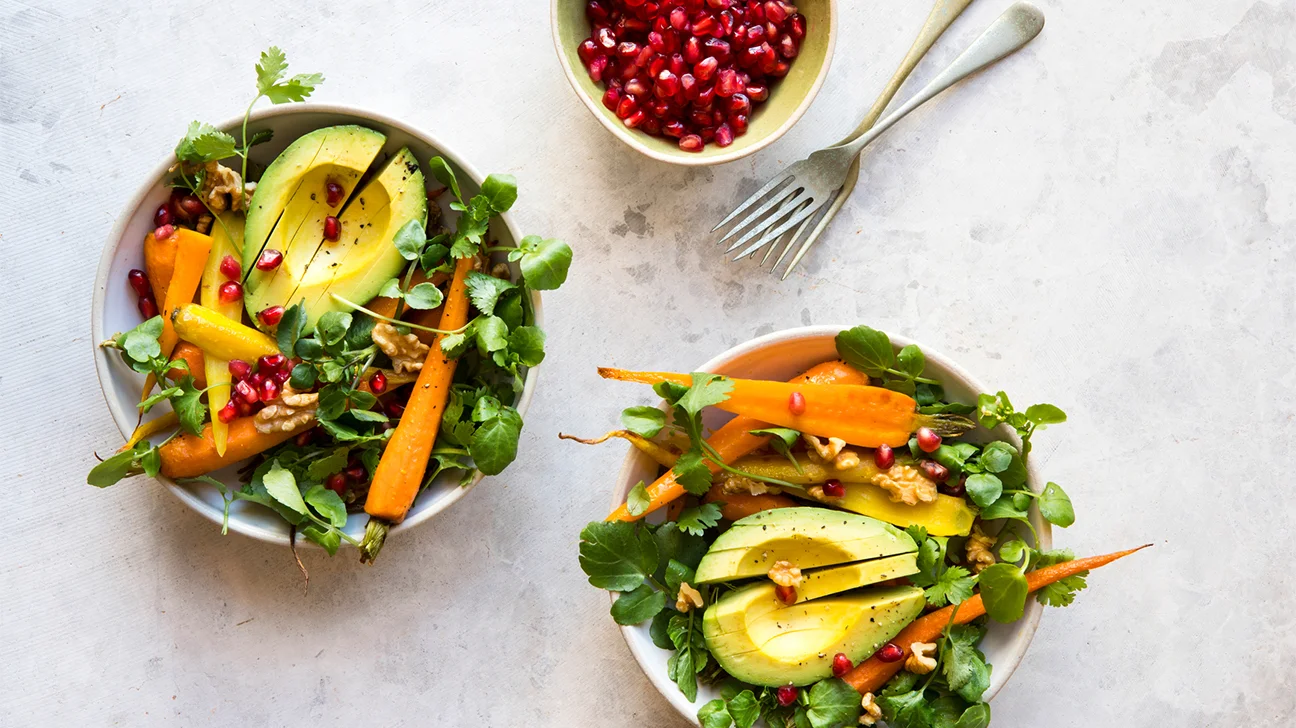For women over 50, ensuring a sufficient calcium intake is crucial for maintaining bone strength and preventing osteoporosis, as bone density naturally declines with age. Experts at the National Institutes of Health recommend women in this age group aim for about 1,200 mg daily to support their health goals. Calcium-rich foods such as dairy products, leafy greens, and fortified foods can help, but supplements might also be beneficial when dietary intake isn’t enough.
Table of Contents
As women age, their nutritional needs change, especially essential minerals such as calcium. It plays a key role in maintaining bone health, preventing osteoporosis and ensuring the normal function of the heart, muscles and nerves. For women over 50, understanding the importance of calcium intake and the optimal amount needed can have a significant impact on their overall health and quality of life.
1. Why It’s Important?
Calcium is an important mineral that supports a variety of bodily functions. Its main role is the development and maintenance of strong bones and teeth. For women over 50, it is becoming increasingly important due to the natural aging process, including loss of bone density. Postmenopausal women in particular are at greater risk of developing osteoporosis, a disease characterized by fragile bones. This increased risk is mainly due to reduced estrogen levels, which help protect bone density. Getting enough calcium can help reduce this risk, promote bone health and reduce the risk of fractures.
2. Recommended daily intake
The recommended daily intake varies by age and gender. For women over 50, the National Institutes of Health (NIH) recommends a daily intake of 1,200 mg. This recommendation takes into account the increased need for calcium due to accelerated bone loss after menopause. It is important to note that this amount includes dietary and supplements (if necessary).
3. Source
There are many ways to ensure you get enough calcium. Dietary sources are the most effective and preferred method. Dairy products such as milk, cheese and yogurt are rich in calcium and often contain vitamin D, which helps with calcium absorption. For those who are lactose intolerant or prefer non-dairy products, many plant foods are excellent sources of calcium. These include leafy greens such as kale and broccoli, almonds, sesame seeds and fortified plant milks such as almond, soy and rice milk.

4. Supplements
While it is ideal to get calcium from dietary sources, supplements can be helpful for people who have difficulty meeting their daily needs through food alone. Supplements come in many forms, including calcium carbonate and calcium citrate. Carbonate is more common and should be taken with food to improve absorption, while citrate can be taken with food or alone and is generally recommended for people with digestive problems or low stomach acid.
When considering supplements, it is important not to exceed the recommended daily allowance. Excessive intake, especially from supplements, can cause adverse health effects such as kidney stones and decreased absorption of other essential minerals. It is recommended that you consult a healthcare provider before beginning supplements to determine the appropriate dosage and form based on individual health needs.
5. Other factors
Several factors affect how well your body absorbs calcium. Vitamin D is an important ingredient because it promotes the absorption of calcium in the intestines. Sun exposure, certain foods (such as oily fish) and fortified products can help maintain adequate vitamin D levels. In addition, other nutritional components such as magnesium and phosphorus play a role in calcium metabolism.
6. Exercise
For women over 50, in addition to adequate calcium intake, regular physical activity is crucial for maintaining bone health. Exercise, such as walking, jogging, dancing and strength training, can stimulate bone formation and slow bone loss. Exercise not only strengthens bones, but also improves balance and coordination, reducing the risk of falls and subsequent fractures. Incorporating aerobic, strength, and balance exercises into your weekly routine can have a profound impact on overall bone health.
Conclusion
Understanding the recommended daily allowance, consuming calcium-rich foods, considering supplements when necessary and participating in regular physical activity are all important steps in preventing bone loss and reducing the risk of osteoporosis. By prioritizing calcium intake and taking a holistic approach to health, women over 50 can enjoy stronger bones and a better quality of life later in life.
Disclaimer: The content in this article is based on my personal experiences and is intended for informational purposes only. I am not a doctor or medical professional. Always consult with a healthcare provider before making any changes to your exercise routine or lifestyle, especially if you have any health concerns or conditions.
My mission is to celebrate the wisdom, resilience, and vitality of women as they navigate menopause, embrace life’s transitions, and step confidently into the next phase. Whether you’re exploring ways to stay fit, looking for health tips to prevent common issues, seeking inspiration for a fulfilling lifestyle, or simply wanting guidance on diet, I’ve got you covered.
Dive into our articles on fitness, health, lifestyle, nutrition and more to find the support and insights you need!






